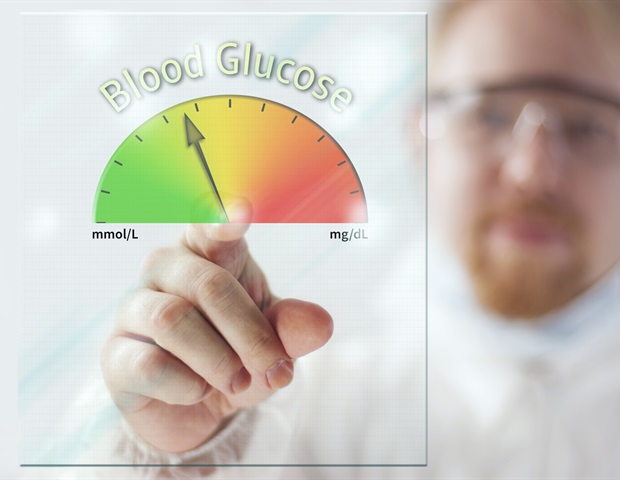Hospitalized patients with complex dietary restrictions often develop hyperglycemia, or high blood sugar. This occurs in roughly one-quarter to one-half of these patients and can lead to serious complications particularly in those with preexisting diabetes. Controlling blood sugar in the hospital setting is challenging for a variety of reasons including inconsistent caloric intake, changes in kidney and liver function, surgery, infections, and limitations in labor-intensive glucose monitoring and insulin administration.
To meet these challenges, UCSF endocrinologist Robert J. Rushakoff, MD, MS, and his team of nurses, pharmacists, physicians and programmers, developed and implemented a self-adjusting subcutaneous insulin algorithm (SQIA) for use across UCSF’s three San Francisco hospitals. A new study evaluating their SQIA shows it is associated with lower rates of severe hyperglycemia and hypoglycemia (low blood sugar) when compared to conventional insulin dosing.
Rushakoff will report on the glucose control data from the first three years of the study at the American Diabetes Association’s annual Scientific Sessions June 22 in Orlando.
The SQIA is an integrated calculator embedded in the medication administration record (MAR) of the electronic medical record. In the first three years of full implementation (Sept. 2020 to September 2023), the SQIA was used on thousands of hospitalized patients who were on feeding restrictions in one of three categories: nothing by mouth (NPO), continuous tube feeds (TF), or intravenous nutrition (TPN).
When a physician ordered rapid-acting insulin to be administered to a patient in one of these nutritional categories, the physician was given the choice of using the SQIA or proceeding with conventional insulin (CI) dosing orders. With the SQIA, physicians entered only an initial starting insulin dose which was then automatically adjusted by the algorithm; those using CI, by contrast, were required to manually enter a new insulin dose whenever needed.
At insulin administration times, a nurse entered the patient’s current glucose level in the MAR, and the SQIA used the prior insulin doses, prior glucose levels, and the current glucose level to automatically calculate the new insulin dose. Based on constant monitoring and feedback from nurses, pharmacists, and physicians, adjustments were made to the algorithm and the calculator interface to improve titration of the appropriate insulin dose for the patient.
Using this process, the researchers showed, SQIA reduced the number of insulin orders that physicians wrote for a given patient by a factor of more than twelve compared to CI dosing.
When compared to conventional insulin orders, use of the SQIA decreased the rate of hyperglycemia, further reduced our already low hospital-wide rate of hypoglycemia, and improved physician efficiency with physicians rarely needing to write or adjust new orders in the SQIA order set.”
Robert J. Rushakoff, Senior Author, UCSF Professor of Medicine and Medical Director for Inpatient Diabetes at UCSF
The SQIA resulted in higher doses of insulin administered in NPO and TPN diets with reduced rates of severe hyperglycemia and without an increase in hypoglycemia, suggesting that physician-driven CI orders may be undertreating patients. In addition, rates of severe hyperglycemia with SQIA decreased progressively over the course of the study, suggesting that the SQIA’s continued development has provided increasing benefits for patients over time.
“Our findings suggest that typical insulin inertia seen in adjusting insulin doses in many institutions would be overcome by an automated algorithm like the SQIA that reduces physician workload,” said Rushakoff.
The SQIA has now become the primary method of ordering insulin for hospitalized patients across UCSF hospitals and is selected for approximately 80% of eligible hospitalized patients by physicians.
This work builds upon previous innovations in inpatient diabetes management at UCSF. In 2013, the virtual glucose management service (vGMS) was conceived and implemented. Each morning, the vGMS generates an automated report of all inpatients with uncontrolled blood glucose. A diabetes specialist reviews this report remotely, along with the insulin-glucose chart, and enters insulin dosing recommendations into each patient’s EMR. These recommendations are available for clinician review by 6:30 a.m. daily. Since implementing the vGMS UCSF has seen a 50% decrease in the number of inpatients on the daily high-glucose report and rates of hypoglycemia have been consistently low. Publication about the success of the vGMS has led to local versions of the vGMS being implemented at medical centers around the world.

